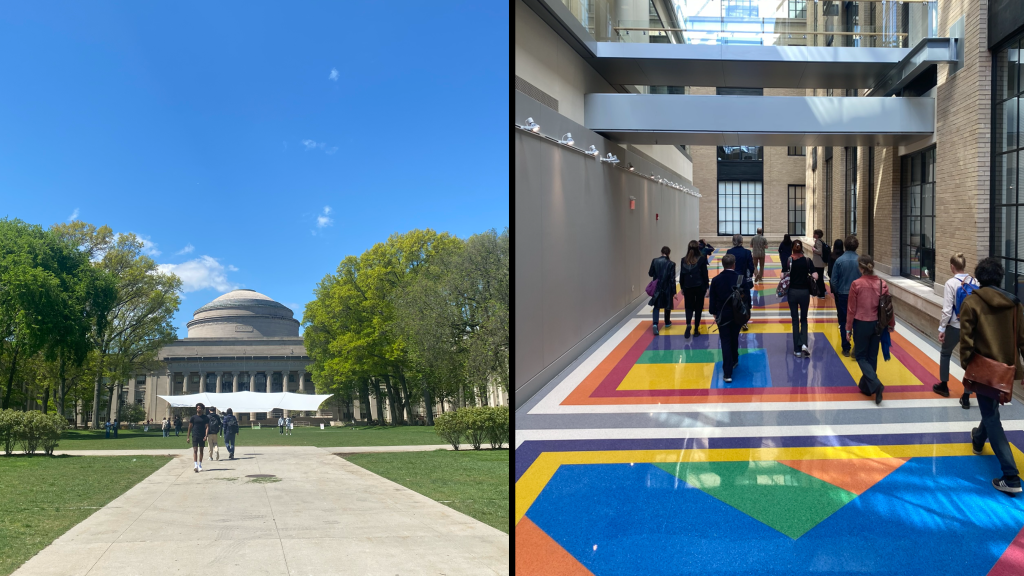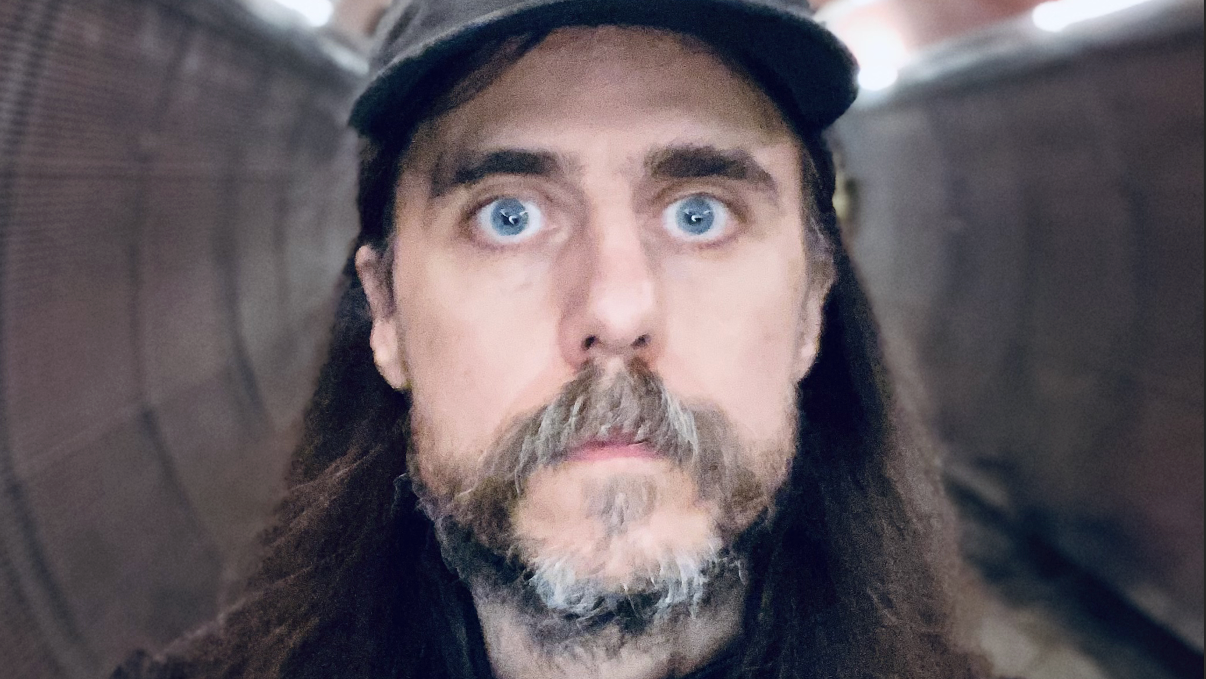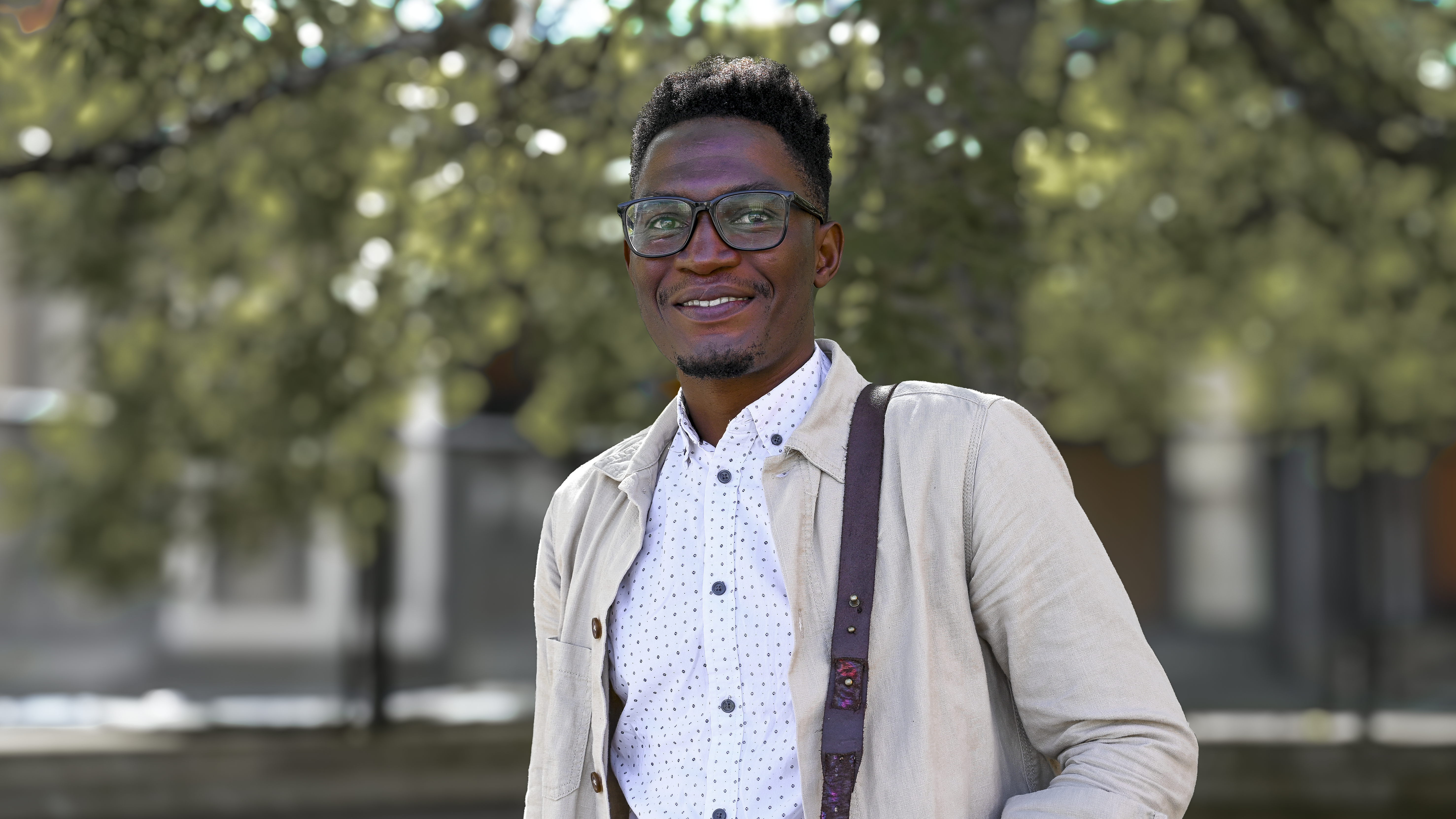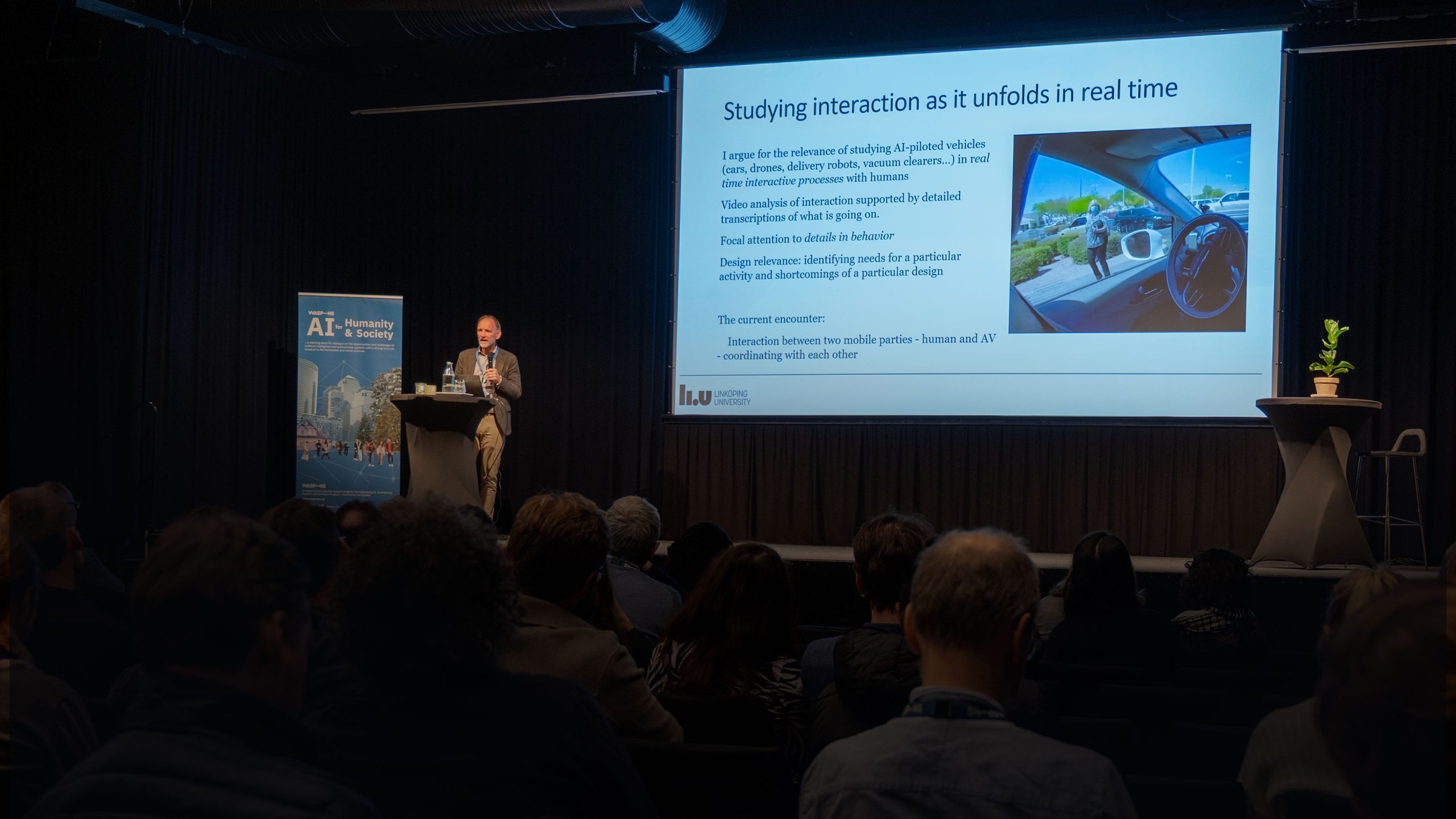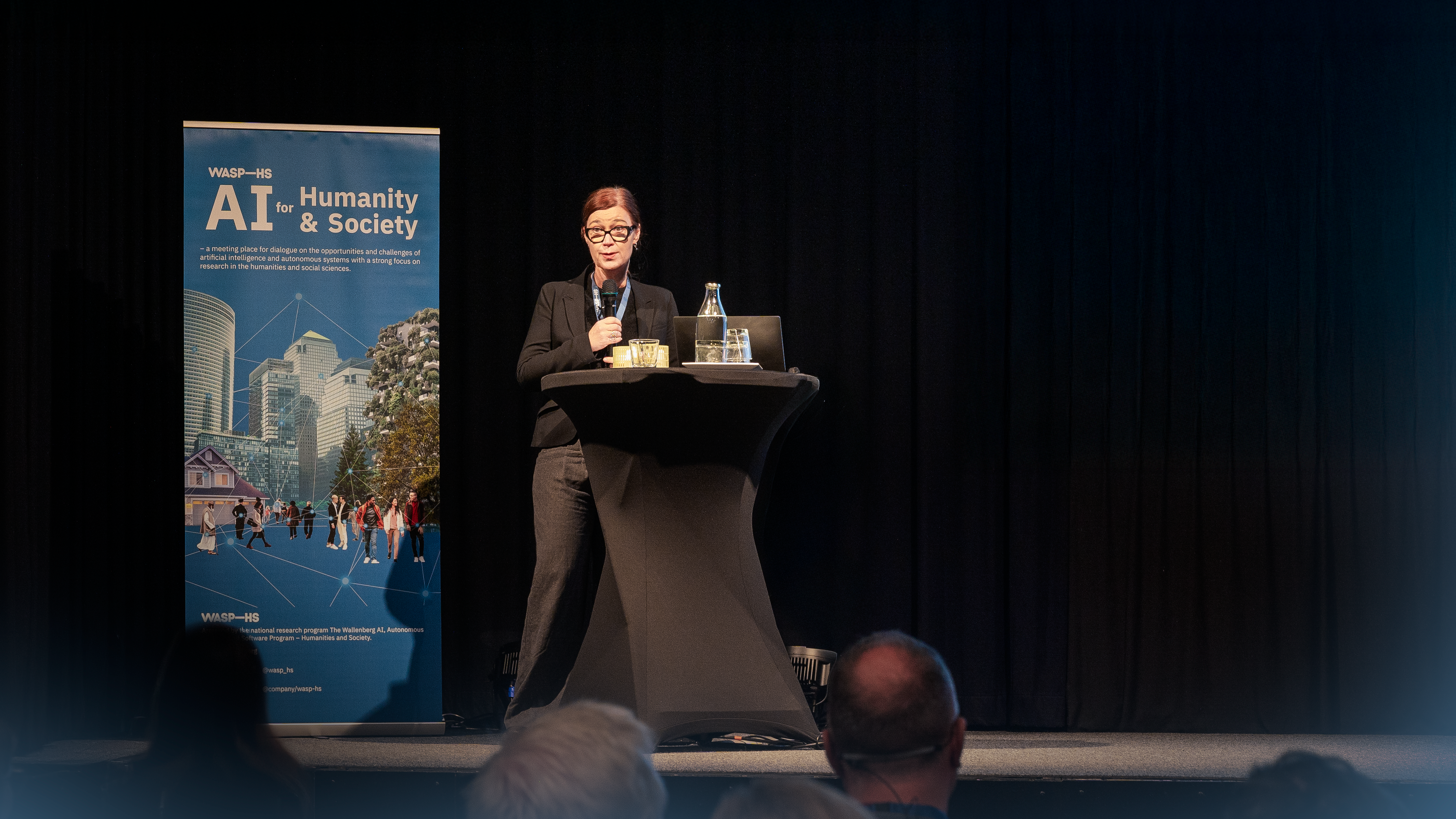Over the course of two days, a bunch of us WASP-HS PhD students had the privilege of visiting five cutting-edge laboratories and research environments: the HCI Lab, SERC, MIT Media Lab, Autonomous Vehicles Policy Initiative, and the MIT Center for Constructive Communication. It was a whirlwind tour that offered unique opportunities to engage with leading research labs related to artificial intelligence (AI) and algorithmic systems.
On an individual level, I’m pretty sure these visits provided invaluable insights and the chance for us WASP-HS PhD students to form connections with experts in the field of AI and algorithmic technology. However, zooming out, I also think these study visits unraveled something perhaps even more profound about WASP-HS and the labs we visited: the fact that we might be moving beyond labs.
From alchemy to genetics to AI, the laboratory has always held a special place in the culture, economy, and imagination of enlightened society. It is a physical space, within four walls, that promises, often using cutting-edge technology, to solve societal problems. What happens within these four walls was poignantly captured by Bruno Latour and Steve Woolgar in their seminal 1979 book “Laboratory Life: The Construction of Scientific Facts.” Their work revealed the intricate and often hidden dynamics that underpin scientific work, emphasizing the role of social and cultural factors in the production of knowledge.
Much like Latour and Woolgar’s exploration, many projects within the WASP-HS program aim to unmask the positivist rhetoric often associated with technological practices. This is not to suggest that the activities of these labs are malicious—quite the opposite. Instead, it highlights the need for constant reflection on the broader implications and societal impacts of scientific research—what happens outside of the four walls of the lab.
As such, I think our trip to Boston highlighted something essential: that the WASP-HS program, as a format and collective, both questions and moves beyond the confines of traditional laboratory settings. WASP-HS, to use a Deleuzian term, is more like a rhizome—a decentralized organism, not confined by physical space. Though the visits to MIT and Harvard reaffirmed the importance of interdisciplinary collaboration and the integration of technological and social perspectives, it was also a testament to the collective commitment to critically studying technology from a broader angle. Leaving Boston, I think many of us were strengthened in our belief that the most profound insights on AI might emerge from stepping beyond the lab.
